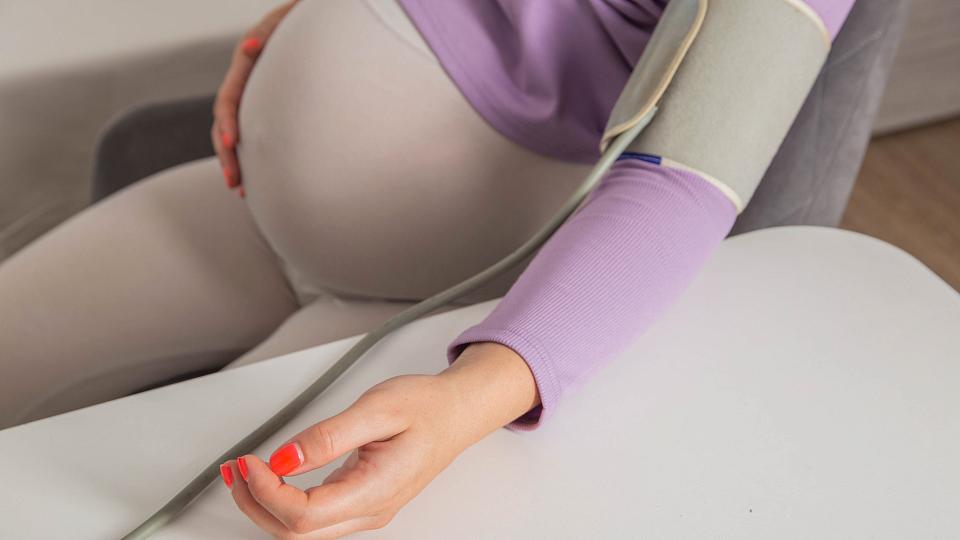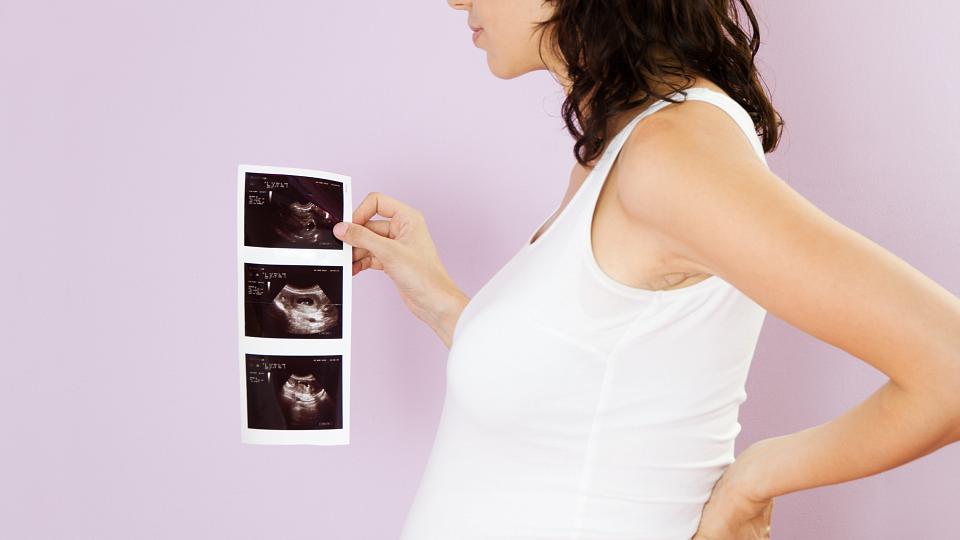
Dr. Jones: The recent uterine transplants performed here in the United States and in Europe have given new hope for women who were born without a uterus. This is Dr. Kirtly Jones from Obstetrics & Gynecology at University Health Care and this is The Scope.
Announcer: Covering all aspects of women's health. This is "The Seven Domains of Women's Health" with Dr. Kirtly Jones on The Scope.
Dr. Jones: The development of the human uterus is complicated and as complicated as the development of the heart. It starts in the first months of pregnancy and sometimes things don't go right. Although some kind of variation in the development of the human uterus is common, about one in 20 women has some mild change in the shape of the uterus that will never affect them or their childbearing. About one in 5,000 women is born without a uterus.
Now, there are several reasons this might happen, but one of the most common reasons is called Rokitansky Syndrome or if you want to impress the medical students and they will totally forget it, it's Mayer-Rokitansky-K¸ster-Hauser Syndrome or MRKH Syndrome. In fact, using the names of people who discovered something in medicine isn't really helpful because it doesn't tell you what it is. I prefer the term M¸llerian agenesis, meaning the M¸llerian system, the uterine system, didn't develop.
Women with M¸llerian agenesis have ovaries and they go through puberty in the normal way, outwardly. They develop breasts, hair under their arms, they roll their eyes, and they get curvy like every other girl. They just don't have periods and this is what usually brings them to the doctor. When I see an adolescent of about 14 or 15 that developed breasts and pubic hair at about the right age of 12 but still hasn't started their period, I worry that they might not have a uterus or might have a blockage that keeps their menstrual blood from coming out.
Some girls have a blockage at the level of the hymen, just at the opening of the vagina. That's an easy thing to fix, just open up the passageway, but some girls don't have a passage. No vagina, no cervix, no uterus. Now, this is a very difficult diagnosis for young women to hear and even harder for her mother who brings her in for this evaluation. Moms often feel as if there was something that they did when they were pregnant that interfered with their baby's development. But there's nothing that they did to cause this.
The diagnosis for the young teens can be traumatic, but young teens aren't usually thinking about having a baby and not having a period can be perfectly fine for them. They aren't usually thinking about sex yet so the fact that they don't have a vagina isn't right up front on their radar screen.
Eventually, though, these things, babies and sex, they become an issue for the young woman with M¸llerian agenesis. A vagina pouch can be created with a non-surgical procedure that stretches the skin at the entrance where the vagina should be so a vaginal opening is created. This takes time and persistence on the part of the young woman to do the stretching exercises. Sometimes, a skin graft or graft of other tissues is used for the surgical creation of a new vagina.
Well, that can help for the intercourse part, but it doesn't help with the baby part. For most of my career, when I met with a young woman with M¸llerian agenesis, I talk about adoption. About 15 years ago, I started to have a discussion about gestational surrogacy. This is a process, legal in our state of Utah, of taking the eggs from the ovaries in a woman with M¸llerian agenesis, adding the sperm from her partner, through in vitro fertilization and transferring the embryo that's created through this process to the uterus of a gestational surrogate.
A gestational surrogate is a healthy woman with a normal uterus who carries the biological fetus of a couple who provided the embryo and gives the baby over to that couple at birth. In Utah, the biological parents don't have to adopt this baby as the courts recognize that they were the intended parents from the conception. Now gestational service is expensive, insurance doesn't often cover it and it requires some legal arrangements at the outset. It is, however, quite successful with pregnancy rates about 50% per try.
Now, with uterine transplants, would this be the answer for a woman born without a uterus? Well, we still have some work to do to find out if these transplanted uteruses actually can carry a baby in a healthy way. Is the blood flow normal? Will the baby be affected by the drugs taken by the mom to prevent rejection of the uterus? Will the baby grow well, be nourished well by the placenta? Will the labor go well?
We don't know these things yet and uterine transplantation will be much more complicated and expensive than gestational surrogacy, which provides a healthy environment for the growing fetus. Still, for some women, if this technology goes well for women and babies, it may be a choice. My goodness, we have come a long way. I hope for all women that they can have the opportunity to have the babies they hoped for. I hope for all babies the opportunity to be wanted and have the best start possible. Thanks for joining us on The Scope.
Announcer: TheScopeRadio.com is University of Utah Health Sciences radio. If you liked what you heard, be sure to get our latest content by following us on Facebook. Just click on the Facebook icon at TheScopeRadio.com.





